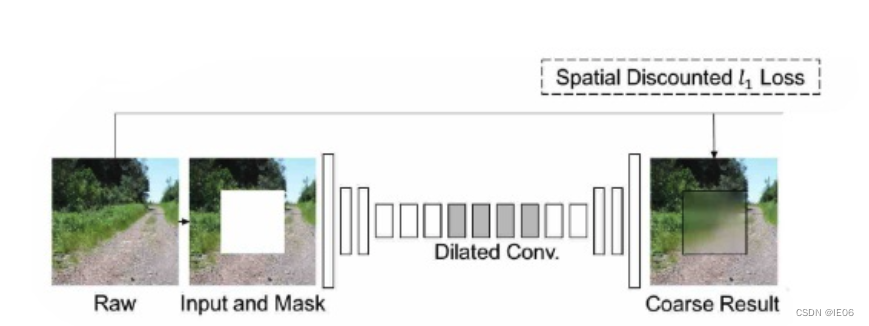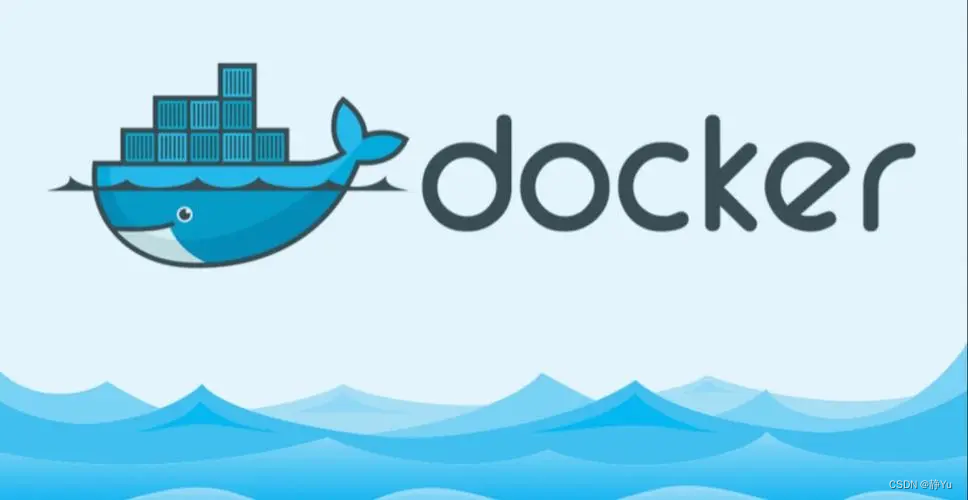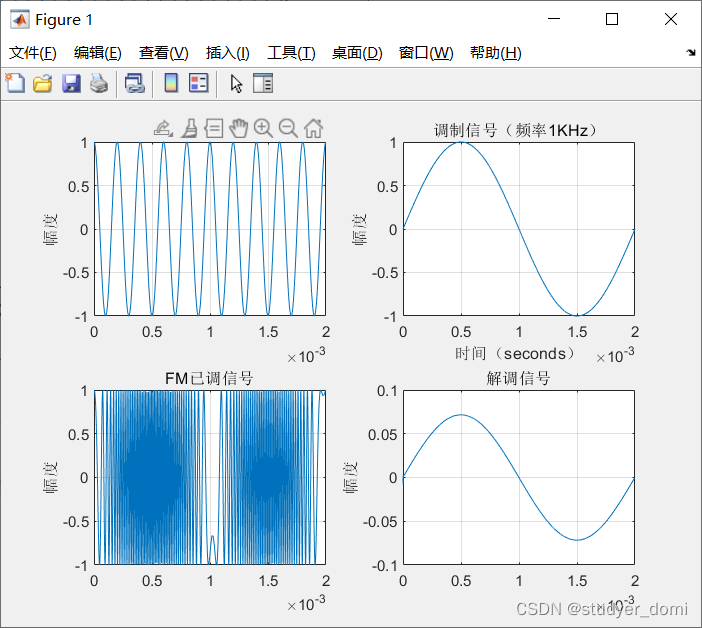当前位置:网站首页>Deep learning series 45: overview of image restoration
Deep learning series 45: overview of image restoration
2022-06-25 08:07:00 【IE06】
From this issue , Will explore the field of image restoration papers and code . This time, I will read the overview first .
A big assumption of traditional methods is that we believe that we can find similar patch, But if there is no such thing outside the missing area patch, There is no way to correctly repair the image .
1 classic GAN Method
1.1 context encode:U-net generator
2016 Of the benchmark appearing in GAN Algorithm , The generator is a U Type network , The discriminator is a multilayer convolution network . Losses include pixel level reconstruction losses (L2) Counter loss with discriminator output .
1.2 MSNPS: Add a texture generator
2016 Year upgraded context encode, Its generator consists of two parts , Added convolution network for texture generation :
above U Type networks are used to generate content , The loss function includes L2 Losses and counter losses .
The following convolution network is used to generate texture , And find the nearest neural network response outside the missing area to calculate the loss . The practice here is similar to style transfer , Transfer the style of the complete part to the lost part .
1.3 GLCIC: Add local discriminator

Here the generator uses dilation convolution to increase the receptive field .
Training is divided into 3 Step :
- generator L2 Loss , Be careful L2 The loss is calculated in the missing area .
- Training discriminator
- Generators plus counter losses , Alternate training with discriminator
The image post-processing adopts fast marching+ Poisson image blending
1.4 PGGAN: Add matrix discriminator
GLCIC Too dependent on predefined missing areas , However, the deformity in the actual scene is often unknown , Therefore, it still needs to be improved .
A typical GAN The output of the discriminator is 0 ~ 1 Single value of . This means that the discriminator will look at the entire image , Judge whether the image is true or false , We call it GlobalGAN. and PatchGAN The output of the discriminator is a matrix , Every element in this matrix is in 0 To 1 Between . Be careful , Each element represents a local area in the input image .
Combination of the two , be called PGGAN
The structure and GLCIC Very similar , The generation module is changed into the expansion residual network , In addition, the standard deconvolution is changed into interpolation convolution to eliminate artifacts .
1.5 shiftGAN:U-net The generator adds shift Connect

Add boot loss : Between all the connected two layers, the encoding feature and the decoding feature L2 The sum of the losses .
add to shift Connect : By shift operation , The network can effectively borrow the information given by the nearest neighbor outside the missing part , To improve the global semantic structure and local texture details of the generated part . Simply speaking , It is to provide a suitable reference to improve the estimation .
1.6 DeepFill: Generator adds attention
The author proposes a two-stage repair network from coarse to fine :
The first stage is to repair the network roughly : Using hole convolution + The reconstruction loss is first compensated with a fuzzy and rough result ;
The second stage is to repair the network : Empty convolution with contextual attention modules + Reconstruction losses + overall situation 、 Local GAN-GP Fight losses to further refine the results .
encode Some on the road branches contain semantic attention layers (contextual attention layer) Of encoder; Going down the road is routine encoder. Two ways encoder The output feature graph is finally spliced together to form a feature graph , Finally through decoder Generate repair results .
1.7 DeepFill v2: mask Generated by gated convolution
gated conv Is the core innovation of this article , He is like a soft sieve , There is a selection mechanism for input .( Soft selection , Is multiplied by one 0-1 Number between , The opposite is a hard sieve , Or they all pass , Or stop them all ), It can automatically learn from the data according to the update rules soft mask Parameters of ( Just like the filter coefficient ), As follows :

In addition, in response to free-form Of mask, Used Markovian discriminiator, Score the matrix whose size is smaller than the original drawing . Against the loss used Hinge loss.
1.8 PatialConv: Handle freeMask
The central idea is this , If there are no effective pixels in the receptive field ( That is to say, all are mask 了 ), Then the convolution operation is not performed ; In other cases , Only effective pixels are convoluted .
Besides ,mask Also constantly updated :
1.9 CTSDG: Discriminator adds edge detection

More like MSNPS, The generator starts from the image 、 Edges are generated separately , The discriminator is also from the image 、 The edge is divided into two branches for judgment .
1.10 EdgeConnect: Add edge generator and edge discriminator

The functions of this project are deepfill v2 More like , Use contour as a priori to guide image generation .
Pictured above , The left half of G1 and D1 Used to learn the outline , The right half G2 and D2 Is used to generate the final image .
G1 and G2 Both use void convolution + Residual module ;D1 and D2 All use PatchGAN, That is to divide the discrimination picture into 70x70 To judge , Average the discrimination results .
The original image patching task required RGB Value the missing area of the image , If the norm distance is used to calculate the reconstruction loss L r e c L_{rec} Lrec Words , Always get blurred pictures ( Average the results of possible repair modes ); If the characteristic distance is used to calculate the countermeasure loss L a d v L_{adv} Ladv Words , I always get pictures with obvious artificial traces ( Artifact )( Find a similar result from the training memory and post it ). Context encoder Context Encoder The combination of the two is used in the way of parameter weighting , It just balances these two shortcomings .
In that case , Reduce the difficulty of the image repair task , Do not repair the three channel RGB chart , Instead, repair the binary graph with only contour . Fix after getting the outline picture , Turn it into a style migration task ( Convert the outline to a color picture ). This process , The process of recovering high frequency information and low frequency information is decoupled , So as to solve the image repair task .
边栏推荐
- Mining microbial dark matter -- a new idea
- 电子学:第010课——实验 9:时间与电容器
- Luogu p6822 [pa2012]tax (shortest circuit + edge change point)
- Looking for b-end product manager after years? I almost ruined myself
- Use the frame statistics function of the message and waveform recording analyzer royalscope to troubleshoot the accidental faults of the CAN bus
- Apache CouchDB 代码执行漏洞(CVE-2022-24706 )批量POC
- 静态网页服务器
- ffmpeg+SDL2实现音频播放
- Introduction to the main functions of the can & canfd comprehensive test and analysis software lkmaster of the new usbcan card can analyzer
- [supplementary question] 2021 Niuke summer multi school training camp 4-N
猜你喜欢

Opencv daily function structure analysis and shape descriptor (8) Fitline function fitting line

使用Adobe Acrobat Pro调整PDF页面为统一大小

电子学:第010课——实验 9:时间与电容器

企业全面云化的时代——云数据库的未来

Looking for b-end product manager after years? I almost ruined myself

FM信号、调制信号和载波

Apache CouchDB 代码执行漏洞(CVE-2022-24706 )批量POC

挖掘微生物暗物质——新思路

Electronics: Lesson 012 - Experiment 11: light and sound

深度学习系列48:DeepFaker
随机推荐
Force buckle 272 Closest binary search tree value II recursion
PHP array function Encyclopedia
Startup, shutdown and restart of Oracle and MySQL on Linux
Neural network and deep learning-3-simple example of machine learning pytorch
洛谷P1073 [NOIP2009 提高组] 最优贸易(分层图+最短路)
PH neutralization process modeling
Determine whether the user is entering a page for the first time
2265. number of nodes with statistical value equal to the average value of subtree
2160. minimum sum of the last four digits after splitting
1742. maximum number of small balls in the box
TCP 加速小记
Logu P2486 [sdoi2011] coloring (tree chain + segment tree + merging of intervals on the tree)
Authority design of SaaS system based on RBAC
六月集训(第25天) —— 树状数组
新版USBCAN卡CAN分析仪的CAN&CANFD综合测试分析软件LKMaster主要功能介绍
[red flag Cup] Supplementary questions
Can bus working condition and signal quality "physical examination"
TCP与UDP
Anaconda navigator启动慢的一个解决方法
How to resize an image in C #